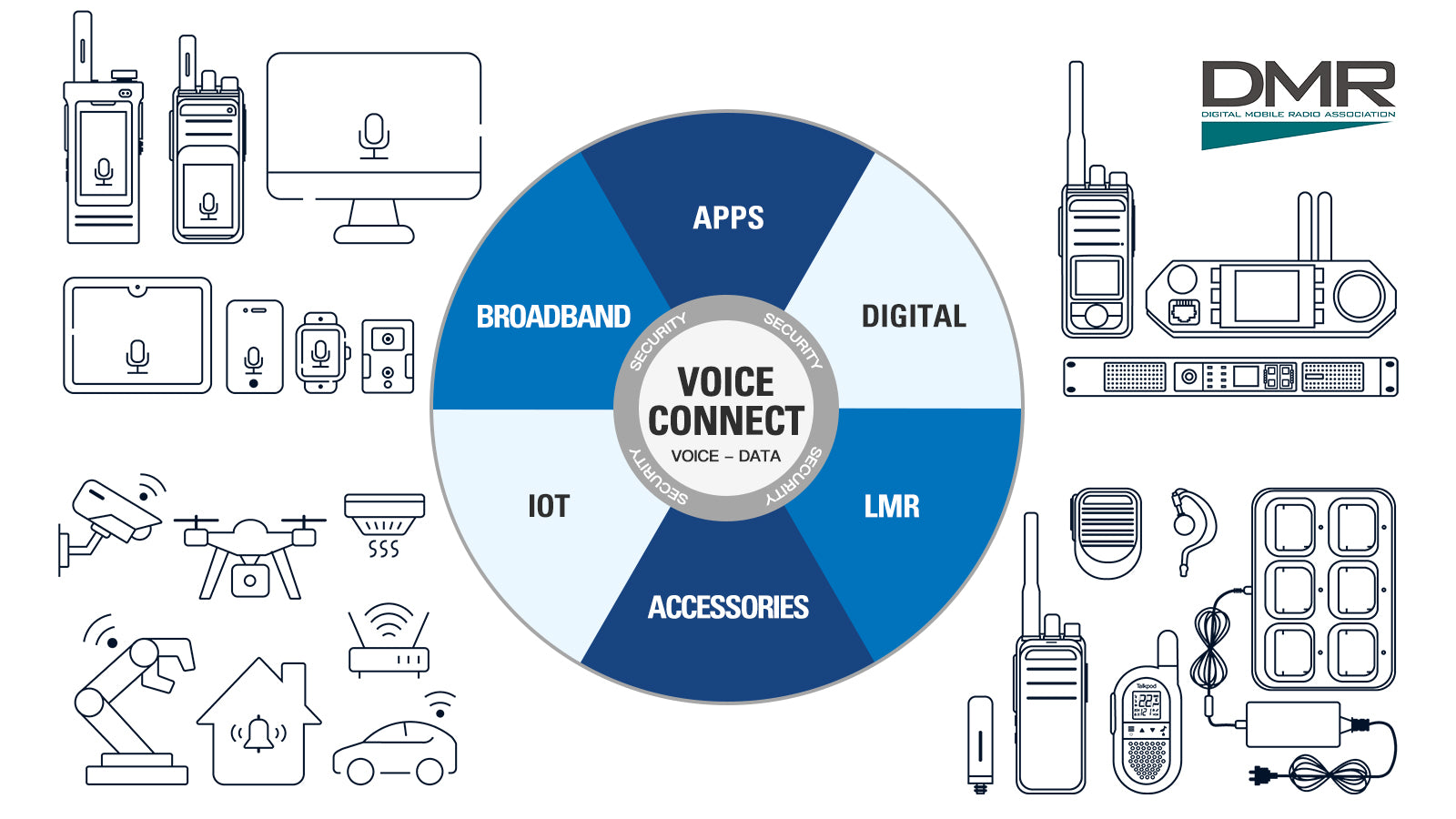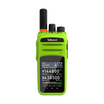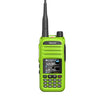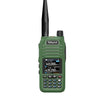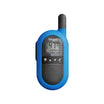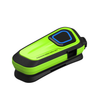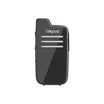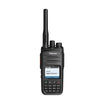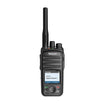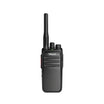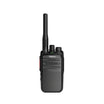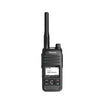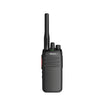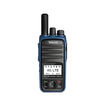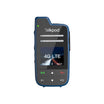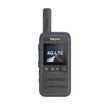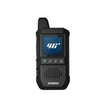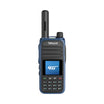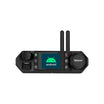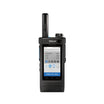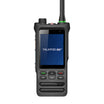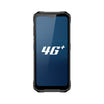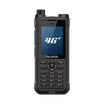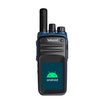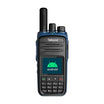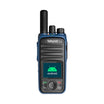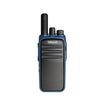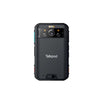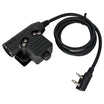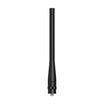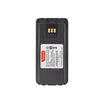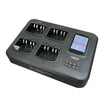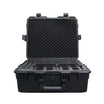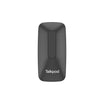The International Protection (IP) rating is a globally recognized standard that defines the level of protection provided by enclosures of electrical equipment against the intrusion of foreign bodies and moisture. Established by the International Electrotechnical Commission (IEC), the IP rating is essential for determining the durability and usability of devices in various environments.
An IP rating is denoted by two digits following the letters "IP." The first digit represents the level of protection against solid particles like dust and debris. These numbers range from 0 (no protection) to 6 (dust-tight), indicating how well the enclosure prevents solid objects from entering and potentially damaging the internal components.
The second digit in the IP rating specifies the degree of protection against liquids. This scale ranges from 0 (no protection) to 9K, with higher values indicating better protection against moisture, including splashes, jets, immersion, and even high-pressure steam cleaning. For example, an IP67-rated device is completely protected against dust and can be immersed in water up to 1 meter deep for a certain period, typically around 30 minutes.
Understanding IP ratings is crucial for selecting the right equipment for specific applications, especially in industries where devices are exposed to harsh or demanding conditions. For instance, outdoor electronics, industrial machinery, and even consumer smartphones and watches often boast IP ratings to inform users of their resistance to elements like dust, sand, and water.
In summary, the IP rating system helps consumers and professionals make informed decisions about the durability and resilience of electronic devices and equipment. Knowing the specific IP rating of a product can prevent potential damage from environmental exposure and ensure the longevity and reliability of the device in its intended application.


